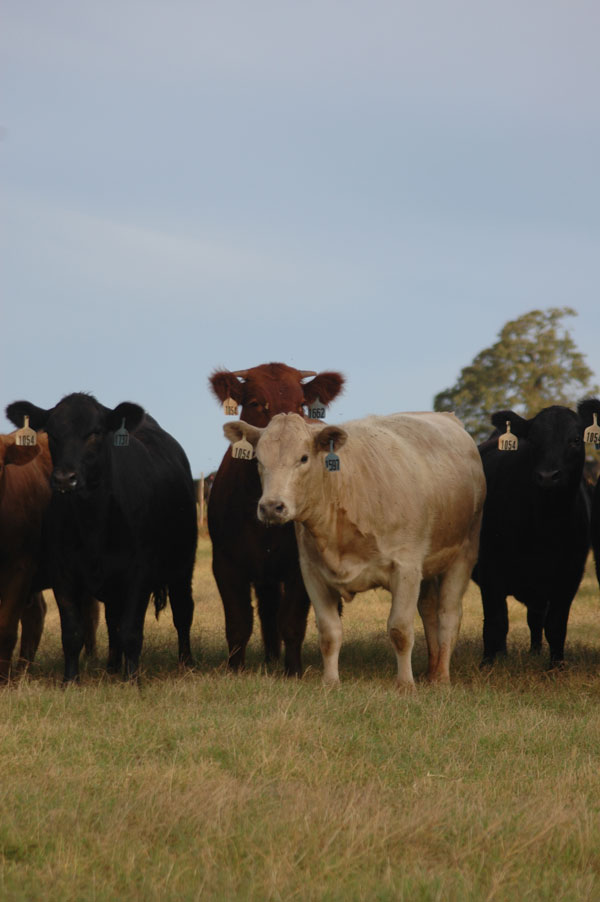“Cow slaughter rates have declined significantly compared to earlier this year, over the last two weeks averaging 8% below 2011’s. Most of the recent year-on-year decline in cow slaughter has been in beef animals (down 12%) with dairy cows down only 3%. Of course, year-on-year declines in slaughter may only reduce the rate of U.S. beef cowherd decline.”
March 17, 2012

Despite the short-term wonderments and price gyrations, supply fundamentals continue to underpin the historically high cattle and beef prices.
“U.S. weekly harvest of cattle so far this year has averaged about 40,000 head (6%) below a year ago, mostly due to poor packer margins,” say analysts with the Livestock Marketing Information Center (LMIC). “…Weekly average steers, heifers, and cows harvested so far this year averaged about 6%, 10% and 1% below a year ago, respectively. Calf slaughter for veal is often overlooked, which so far this year has run 2,000 head/week (13%) below 2011’s. Especially important are slaughter trends of cows and heifers as they will translate into cowherd changes.”
LMIC analysts point out heifer slaughter has averaged 10% less than a year ago for the past two weeks. They add, “Cow slaughter rates have declined significantly compared to earlier this year, over the last two weeks averaging 8% below 2011’s. Most of the recent year-on-year decline in cow slaughter has been in beef animals (down 12%) with dairy cows down only 3%. Of course, year-on-year declines in slaughter may only reduce the rate of U.S. beef cowherd decline.”
Even if producers have the forage to expand or re-stock following last year’s devastating drought in the Southern Plains, Ron Gill said last week, “Recent surveys indicate that as many as 25% of producers (in Texas) who have sold cattle due to drought do not intend to go back into beef production, and another 10-15% indicate they may seek alternative livestock enterprises if they do go back into production.” Gill is an AgriLife Extension livestock specialist and associate department head for animal science at Texas A&M University.
Gill points out, other factors such as competing land use, economics, drought and availability of financing have all contributed to the decline in Texas livestock inventories.
However it leaves the business, Gill explains land taken out of livestock production will have long-term implications for the future of the Texas beef cattle industry. As home to the most beef cows of any state in the U.S., the forces at work in Texas also will have implications for the U.S. cattle business as a whole.
Gill also notes that further erosion in cattle inventories will result in lost industry infrastructure. Think here of infrastructure like feedlot and packing capacity.
For producers who are rebuilding herds, Gill emphasizes the importance of taking into account the value and need for cows that are environmentally adaptable.
“Research information from the past on cow longevity, retained heterosis and ongoing work on cow efficiency will be invaluable to producers as cowherds are rebuilt,” Gill says.
About the Author(s)
You May Also Like





